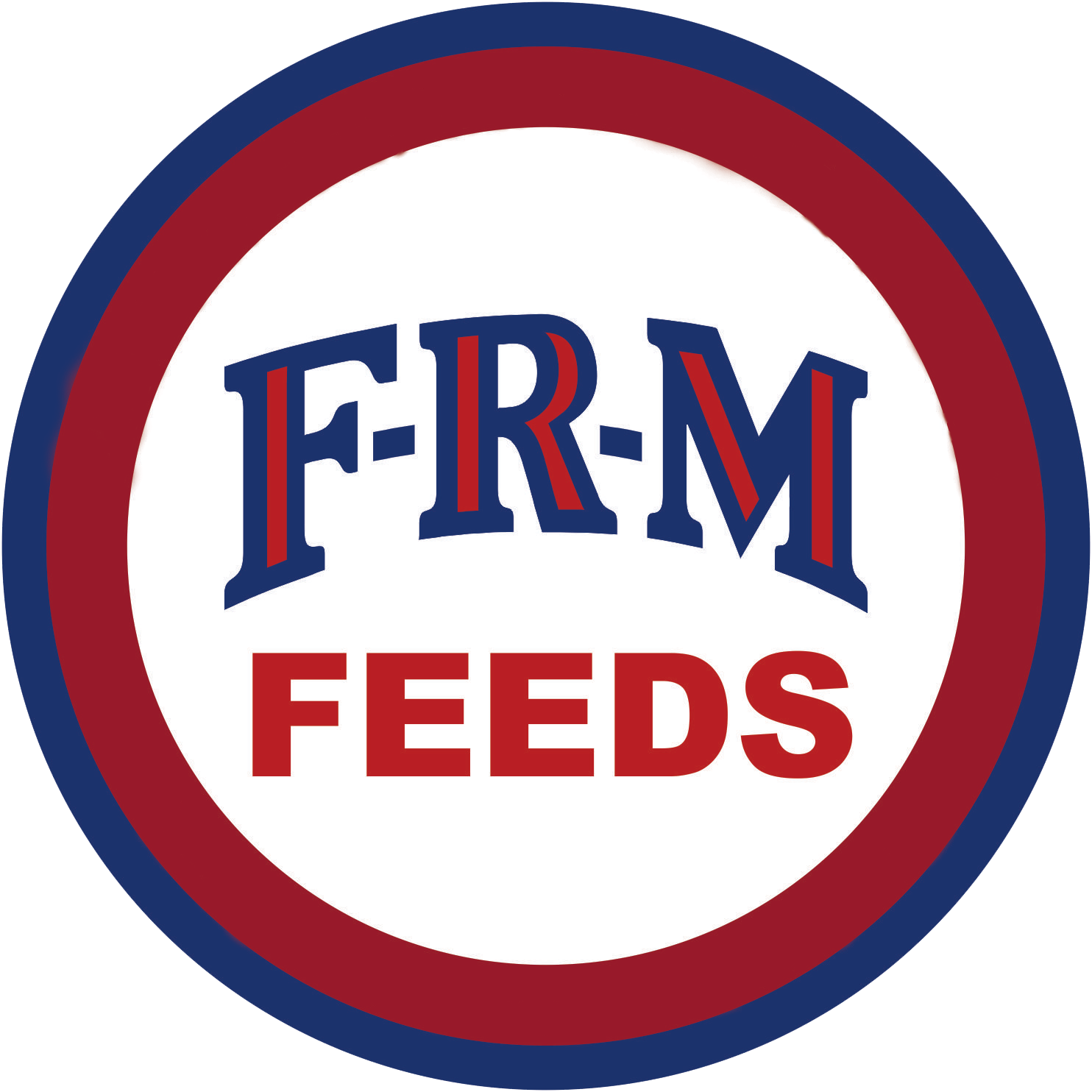Dennis H. Sigler, Ph.D
F-R-M Horse Nutritionist and Consultant
Extension Horse Specialist
Texas A & M AgriLife Extension, Texas A&M University
Whether we are talking about the show, event, ranch or pleasure horse, foot care is a vital part of the overall care and management of the riding horse. Proper foot care not only reduces the chance of developing unsoundness, but better equips the horse to do its job. The old saying “no hoof – no horse” is certainly as true today as it ever was.
A good balanced nutritional program is paramount to good overall hoof health. Meeting the requirement for adequate high-quality protein, including the essential amino acids, lysine and methionine, is the most important aspect of maintaining good hoof health. Also, making sure the total caloric needs for the horse are met, so that proper body condition is maintained is vital. Minerals, especially trace minerals, including zinc are also important for hoof health. Feeding a well-balanced ration which has been properly formulated, specifically for your type of horse, plus good quality hay, should provide all the nutrients needed for optimum hoof health.
In addition to good nutrition, keeping the hoof cleaned daily helps protect the hoof from invading bacteria which can lead to thrush, white line disease and other hoof ailments. Daily inspection and cleaning should be a regular part of the grooming routine. Picking up the feet regularly, for cleaning, also helps train the horse to allow the feet to be handled so that trimming and shoeing will be easier and less stressful for the horse and the farrier. Cleaning the area around the frog and inspecting the foot thoroughly for foreign objects such as rocks or even nails or wire may prevent more serious problems later on. If signs of thrush are prevalent, apply an anti-microbial agent for several days until the problem is resolved.
Maintaining proper moisture balance in the hoof is also important. Too much moisture, caused by horses standing continuously in a wet environment will make the hooves soft, weak and more likely to expand and separate at the white line. Hooves that are too dry are brittle, break off and are prone to split and crack. The environment in which the horse is kept is much more important in maintaining moisture balance than anything else you can do. If the hoof is too dry, stand the horse in water for a few hours a day. If too wet, try to put them in a less moist environment until hooves dry out. Applying hoof dressings to the outside of the foot often makes the owner feel better, but about all they really do is keep the moisture that is already present in the hoof from escaping.
When trimming or shoeing, it is important to make sure the hoof is trimmed properly so it is balanced, level and at the proper angle for the horse’s conformation and intended use. If the owner is not knowledgeable in proper techniques of foot trimming and/or shoeing, that is a job that is best left to the professional. Improper trimming not only can reduce the horse’s effectiveness in their daily performance, but will likely predispose them to unsoundness or injuries in the future, if not corrected. If you don’t do your own trimming and shoeing, spend a little extra money and hire the best farrier you can find. Spending a little extra in proper foot care is well worth the investment.
Download a pdf of this information below:
Foot Care for the Riding Horse-August 2016-Dr. Dennis Sigler.pdf

